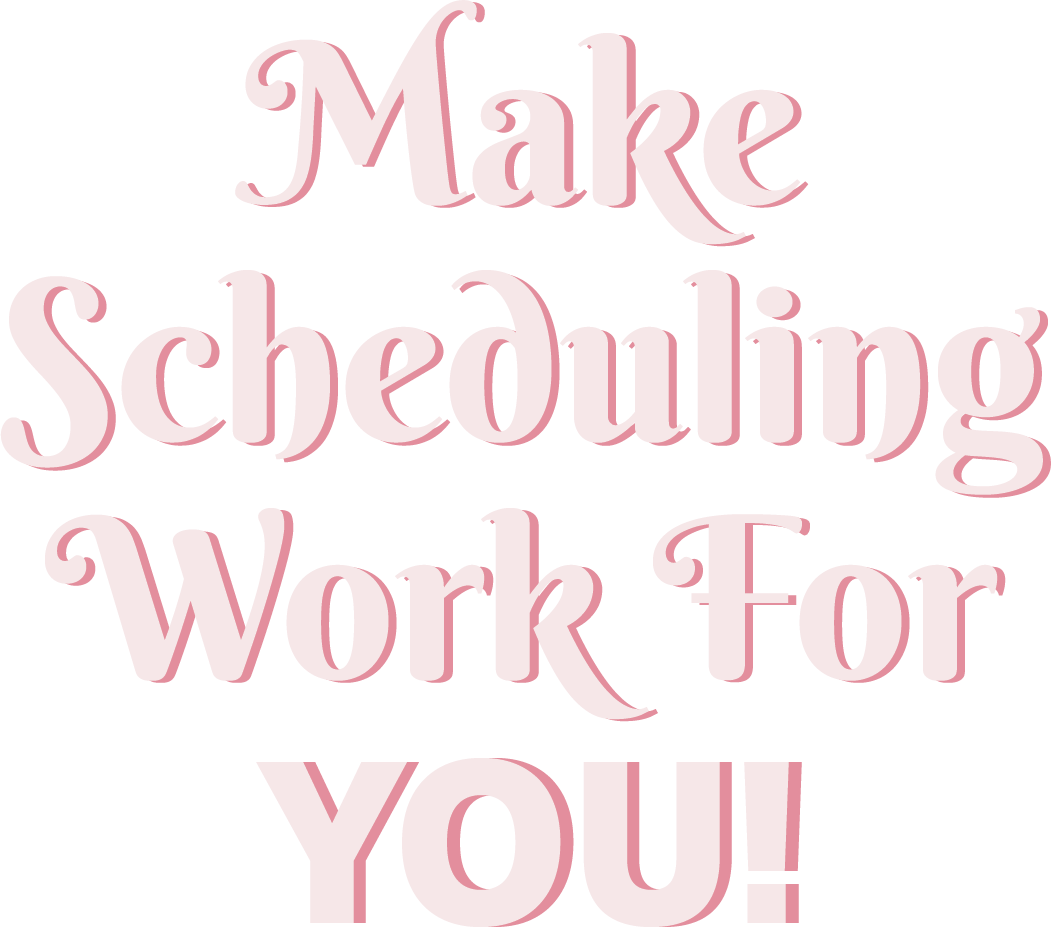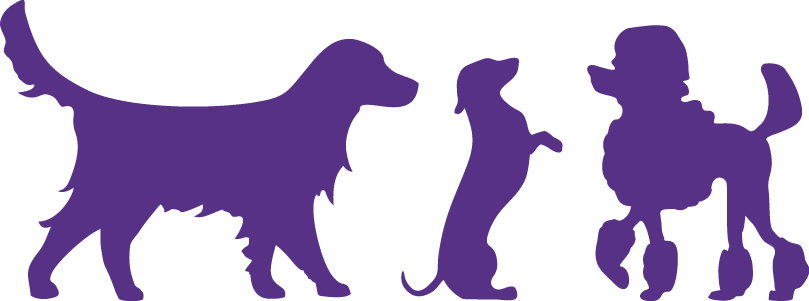
 t is said that there are two sides to every coin. It is good that pet groomers are generally in high demand; it is good that we have plenty of work; and it is good that the laws of supply and demand work in our favor, and shops can raise prices accordingly. But, the other side of the coin is the toll stress takes on our lives and bodies…
t is said that there are two sides to every coin. It is good that pet groomers are generally in high demand; it is good that we have plenty of work; and it is good that the laws of supply and demand work in our favor, and shops can raise prices accordingly. But, the other side of the coin is the toll stress takes on our lives and bodies…
Older groomers with health challenges can’t increase production, and it is challenging even for the young and healthy to groom more dogs in a day. Worse yet, just when we have the potential to make the most money, the United States has the lowest unemployment rate in 50 years, making it difficult to find staffing. Hiring a skilled groomer is especially difficult because the laws of supply and demand also work in their favor. Given these challenges, how we schedule our workday becomes critically important.
Many grooming operations are now booking weeks, months or even a year in advance, making accuracy critical. The further in advance you book appointments, the less flexible you become. Clients who wait two months to get an appointment will not be happy if it becomes necessary to move them at the last minute.
There are many scheduling and record-keeping software systems available, and no groomer should be without one. Most software systems also offer a client self-booking option. Some groomers find this feature to be a great time-saver, but I have turned that option off because I need to consider too many variables in our busy shop to allow clients to schedule themselves.
Put your hands on the dog and evaluate the coat. Discuss grooming options and preferences with the client. Make notes on the condition of the coat, health or behavioral issues, and estimated time to complete the groom. While many things may be discussed in these interviews, a health and grooming history is a must.


-Barb Hoover
Remember, the pandemic has changed everything. We are in control of the schedule. If clients want our services, they have to cooperate, and we are the experts in what is best for their dog. Excuses such as not wanting to come that often, or spend that much, or keep the schedule carry little weight. As do requests to shave their double-coated dog or other damaging practices that they think will save time and money, because I know what is best for the dog and I will always have more work than I can handle.
There is at least one-fourth to one-third more dogs in the United States now than in 2020, and there is definitely not a corresponding increase in professional pet groomers. Every pet-related business is booming, and pet-related infrastructure is stressed. We can be picky, and we can definitely set our own schedules and prices.
Some use an assembly-line approach; bathing all the morning dogs at once, then drying them, and then finishing all the final haircut work while morning dogs who can crate-dry sit. Are you wasting time drying a lot of hair that you are going to cut off? Would a quick pre-clip save time? And, of course, stay off social media and cellphones during the day. It makes you no money and costs you time.
Missouri groomer Kathryn Simard shares how this method works for her: “One unit: Chihuahua, Chiweenie, Beagle. Two units: Shih Tzu, Maltese, Yorkies, Yorkiepoos, Shi-Poos, Morkies, etc. Three units: Westies, Border Terriers, Lhasas, Small Poodles. Four units: Cocker Spaniels, Cavaliers, Brittanies, and other mixes of that size and coat type. Five units: Golden Retrievers, Keeshounds, Huskies. Six units: Doodles, no matter their size or coat. Seven units: skin & coat therapy or fear recovery. I like to do 14-20 units a day, but I’m old and expensive.”
Another method is to assign each dog a code or number of units based on time and staff needed to complete the groom (for larger shops and staffing). This coding system is a bit more complex and works well with staff assisting in various parts of the grooms and with reception staff who actually do the booking without checking with the groomers.
Size codes are one through four, with one being the smallest and four requiring the most time. The number is based on size and time; therefore, number fours include Standard Poodles and also Newfoundlands. Standard Poodles are smaller but require skilled haircutting. Newfies require intensive bathing and drying that can be handled by non-haircutting staff. The Standard Poodle is a #4C (C for cut). The Newfie is a #4R (Regular, which is a breed standard trim with some trimming of ears, feet and furnishings). A Great Dane is a #4B (Bath, no haircutting or trimming). We can groom three to five more B dogs than we can C dogs.
The beauty of this number and letter coding system is that it helps the front desk plan weeks in advance for a total staff of 11 people.

